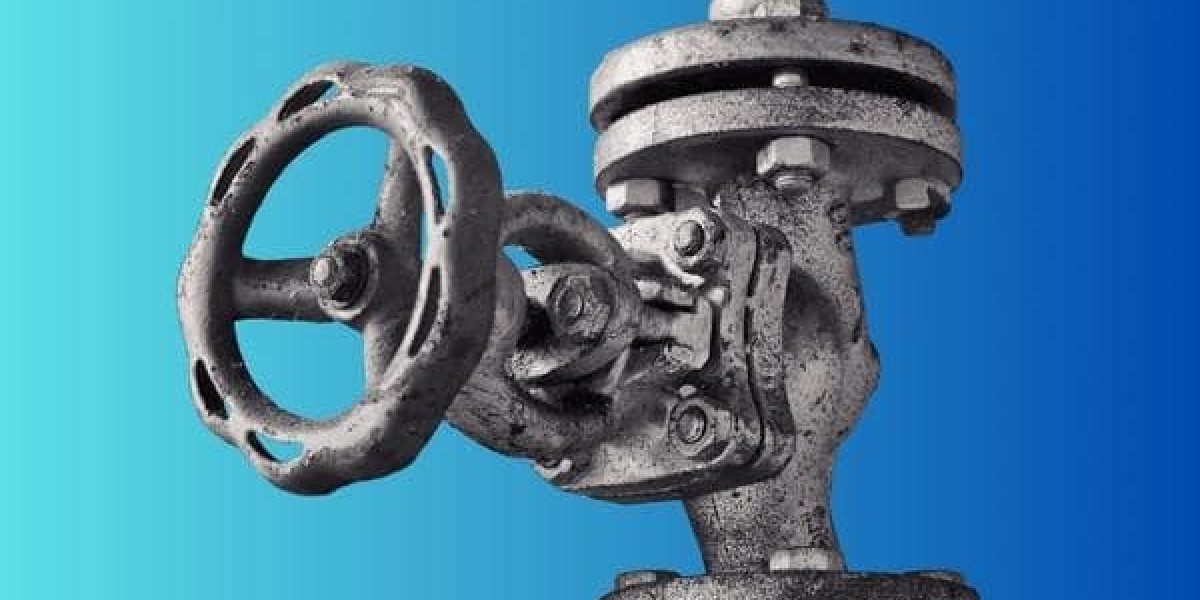Cast iron is a versatile and widely used material in various industries, prized for its durability, heat retention, and excellent casting properties. In this comprehensive guide, we will delve into the world of cast iron metal, exploring its properties, common types, manufacturing process, applications, and care tips.
Understanding Cast Iron Properties
What Makes Cast Iron Unique?
Cast iron is characterized by its high carbon content, typically ranging from 2% to 4%, which contributes to its hardness and brittleness compared to other forms of iron.
Types of Cast Iron
- Gray Cast Iron: Known for its excellent machinability and damping capacity, gray cast iron is widely used in automotive parts, pipes, and cookware.
- White Cast Iron: White cast iron contains carbon in the form of cementite, resulting in a hard but brittle material often used in wear-resistant applications.
- Ductile Cast Iron: Also referred to as nodular or spheroidal graphite iron, ductile cast iron offers improved ductility and impact resistance, making it suitable for components subjected to high stress.
The Manufacturing Process of Cast Iron
Casting Methodology
- Melting: Scrap iron and other additives are melted in a furnace at temperatures exceeding 2,000 degrees Fahrenheit.
- Molding: The molten iron is poured into molds made of sand or metal, taking the desired shape.
- Cooling and Solidification: As the iron cools, it solidifies within the mold cavity, forming the final product.
Applications of Cast Iron
Industrial Uses
- Automotive Industry: Engine blocks, cylinder heads, and brake discs are commonly made from cast iron due to its thermal conductivity and wear resistance.
- Construction: Cast iron pipes and fittings are utilized in plumbing systems for their durability and corrosion resistance.
Culinary Applications
- Cookware: Cast iron skillets and Dutch ovens are favored by chefs and home cooks alike for their even heating and retention properties.
- Grilling Equipment: Cast iron grates and griddles provide excellent heat distribution, ideal for achieving perfect grill marks on food.
Care and Maintenance Tips
- Seasoning: Regularly season cast iron metal cookware with oil to maintain a non-stick surface and prevent rusting.
- Cleaning: Avoid using harsh detergents and abrasive scrubbers; instead, clean with warm water and a mild soap, if necessary.
Conclusion
Cast iron metal continues to play a vital role in numerous industries and households worldwide, thanks to its unique properties and versatility. Whether it's in automotive manufacturing, construction, or culinary pursuits, understanding the characteristics and proper care of cast iron ensures its longevity and optimal performance.








